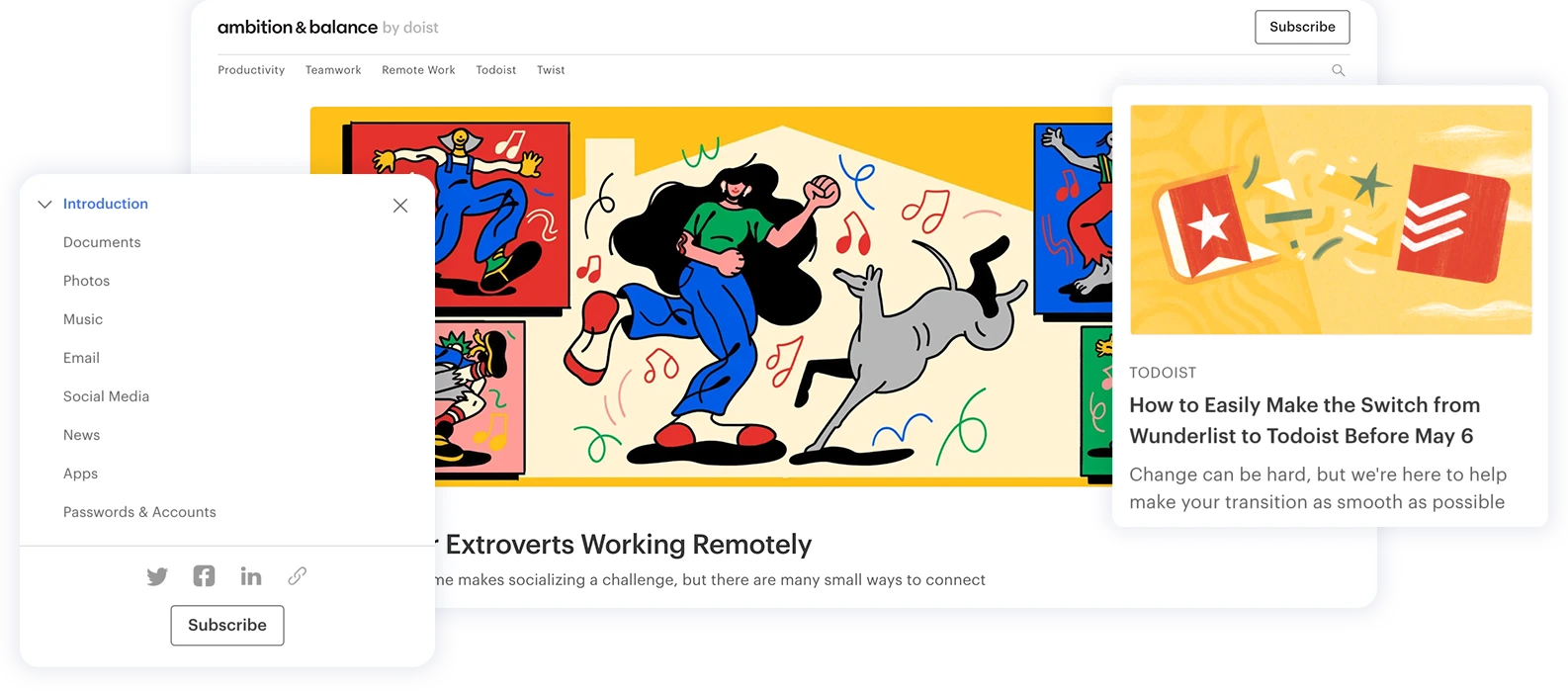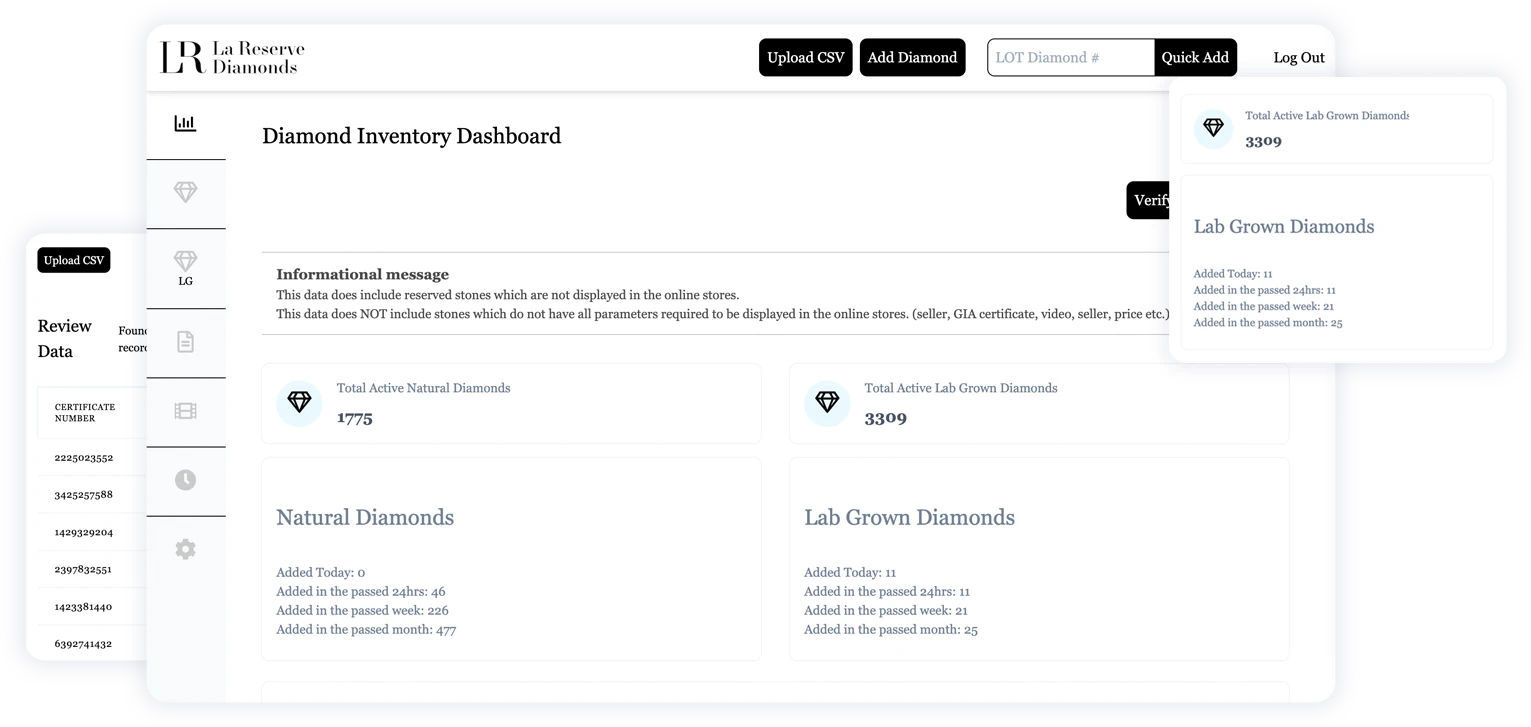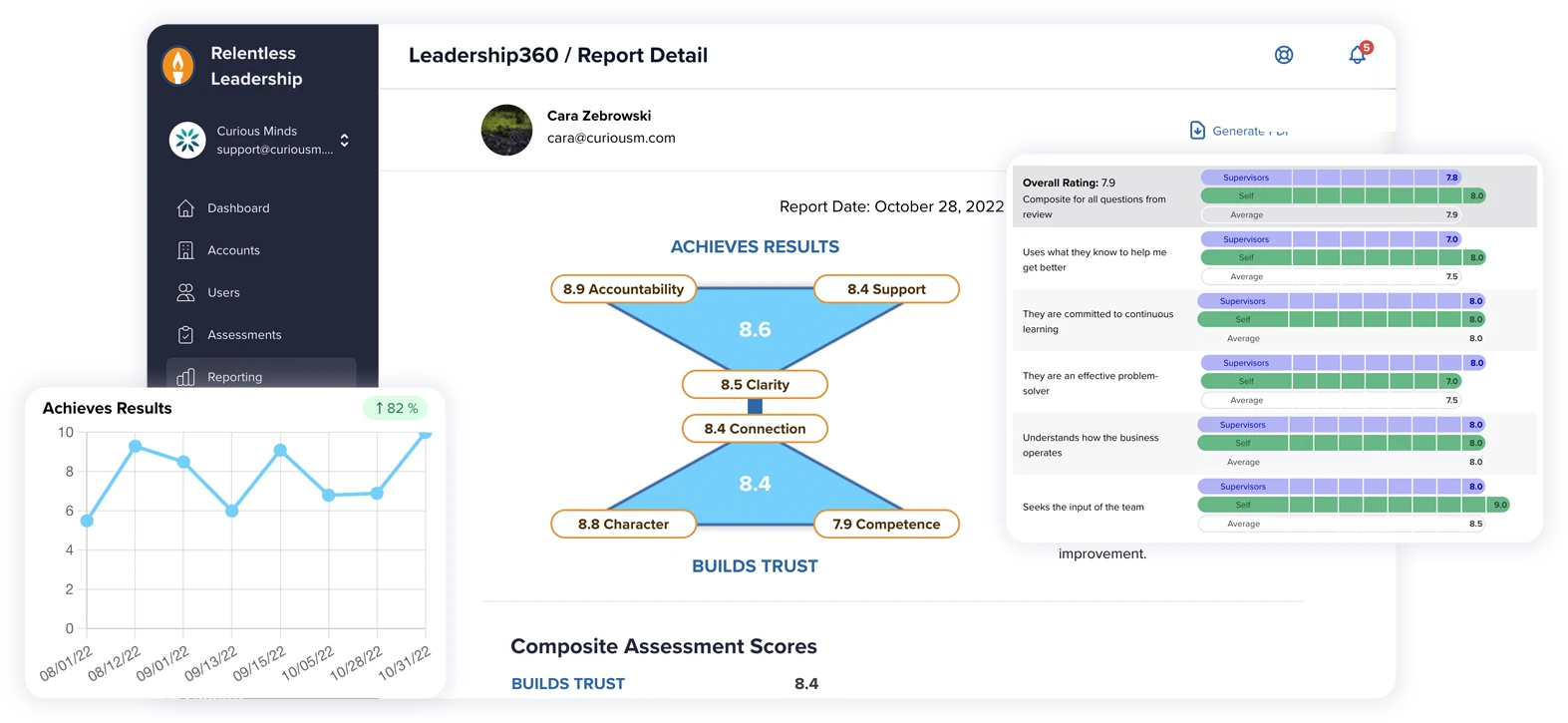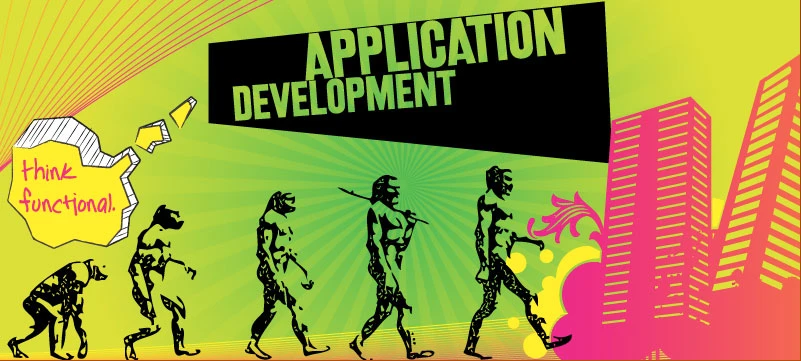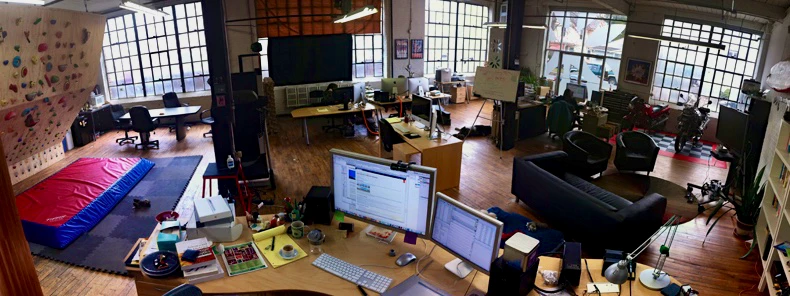What It Really Costs to Go Headless—And What You Might Save Over Time
There's a lot of buzz about headless CMS, and for good reason—everyone's talking about the amazing flexibility, speed, and ability to grow. But let's be real: when you're thinking about making the switch for your business, the first thing that probably pops into your head is, "Okay, what's this actually going to cost me?" And how does it stack up against the good old traditional CMS?
Well, like a lot of things in the tech world, the honest answer is... it depends. The total cost of ownership (TCO) for a headless CMS isn't just the sticker price on a license. You've got to think about developer time, hosting, keeping things running smoothly, getting it to play nice with your other systems, and even how your team's day-to-day changes with this new "decoupled" way of working.
But here's the encouraging part: many organizations find that the long-term perks and savings you get from going headless totally make that initial investment worthwhile. This is especially true if you’re aiming to be super fast, grow without hitting walls, and get your content out to people on all sorts of channels.
Don't just take our word for it. A deep dive by Forrester (a Total Economic Impact study looking at Contentstack users) found that companies reported a 295% ROI over three years, along with substantial savings in developer and editorial time. Numbers like these really show why it’s so important to look at the whole picture of headless CMS costs—not just what you pay upfront, but also the smarter ways of working that can seriously boost your bottom line.
Getting Started: The Initial Development and Setup Costs
Alright, let's be upfront: getting a headless CMS up and running usually costs a bit more at the start compared to a traditional one, and that’s mostly due to custom development. With a headless setup, you’re building the front end from scratch using a framework like Next.js, Nuxt, or React. This gives you total control over the user experience, but it also requires front-end engineering expertise. You'll also need to integrate your CMS with other systems via APIs, which takes time and planning.
These implementation costs vary. If you've got a complex content setup or need intricate API work, you could be looking at $50,000 or more for that custom front-end and backend integration. It sounds like a lot, but this initial investment really tends to pay off with more flexibility and better performance down the road. For example, a Contentful case study showed that companies can actually save big on future development by setting up reusable content structures from day one.
In contrast, traditional CMS platforms come with built-in themes and templating engines. That lowers initial dev time, but it also limits flexibility and future customization. If your project is highly design-driven or requires nonstandard functionality, you might end up investing similar resources in workarounds or extensions.
What About Licensing and Platform Fees?
Many headless CMS platforms use a "pay-as-you-go" (SaaS) model. Your monthly or yearly fee might depend on how much you use it, how many people are on your team, or how much content you have. These fees can range from pretty affordable to serious enterprise-level pricing. And even if you go for a self-hosted option (like Strapi or Directus), you've still got to factor in costs for servers, scaling up, and security.
The good news? Compared to old-school CMS, the licensing for headless can be more predictable and easier to grow with. You’re often paying for exactly what you use, with fewer surprise costs related to plugin conflicts, custom theme support, or maintenance downtime. Some even offer usage-based pricing, so your costs line up better with how much traffic you're getting, making it easier to plan your budget. Just be sure to check out the different pricing levels carefully, especially what happens if you go over your limits for content, API calls, or users – those costs can add up if you're not expecting them.
Keeping Things Running: Maintenance and Support Over Time
Once live, a headless architecture can be easier to maintain—if it's built properly from the get-go. Because the front end and the CMS are separate, your teams can work without stepping on each other's toes. Developers can roll out updates to the website without messing with the content side, and your content team can publish new stuff without waiting for developers. This separation means less risk when you're updating things and helps your teams move much faster.
With traditional CMS, everything's often bundled together. Simple updates might seem easier, but any big change usually means a lot of back-and-forth between teams. Plugins and themes all have to be tested together, and it's easy for site updates to get slowed by compatibility issues.
Another plus for headless? Fewer performance hiccups over time. Those fast, static, or cached front ends served up from CDNs (Content Delivery Networks) don't put as much strain on your servers. That translates to fewer crashes, zippier speeds for your users, and often lower support costs. These kinds of improvements really boost your long-term ROI by making publishing smoother and freeing up your developers from bottlenecks. What we often see is teams feeling more empowered because developers and content editors can work side-by-side instead of one waiting for the other.
Infrastructure and Hosting
With a headless setup, you usually host your CMS and your front end in different places. The CMS might live on a managed cloud platform, while your website itself is zipping out to users from a CDN or an edge network. This lets you fine-tune each part for what it does best, but it does mean you need to put a bit more thought into your hosting strategy.
That extra bit of planning can really save you money in the long run. Websites deployed on static hosting or CDNs tend to handle more traffic, more efficiently than old-school server setups. And by separating how your content is delivered from how it's managed, you get more power to boost performance, cut down on downtime, and serve global audiences with fewer infrastructure bottlenecks.
Sure, traditional CMS hosting is often simpler to start – maybe just a single server. But as your traffic grows or your site gets more complex, trying to scale that kind of setup can feel like wading through mud – slow and costly. Over time, the benefits of splitting up your content and delivery often make the switch totally worth it.
The Big Payoff: Long-Term ROI and Being Ready for Anything
While the initial investment in a headless CMS may be higher, the long-term return can be substantial. Companies often save a bunch of time and money because they can reuse content across different platforms, get new features out the door faster, rely less on clunky plug-ins, and generally avoid that technical mess that builds up over time.
Headless also helps you future-proof your digital presence. Want to redesign your website? No problem – you can do it without ripping out your CMS. Need to add new ways to reach your audience, like mobile apps, smart devices, or even digital signs? You can do that without having to start all over again.
Switching something like WordPress to a headless setup can massively boost performance scores and even lead to more ad revenue. Gains like these really highlight how scalable and fast these decoupled systems are. If you've got a lot of content or you're trying to reach people everywhere, these savings in time and a better experience for your users directly feed into your headless CMS ROI. It's not uncommon for companies to see a revenue bump mostly thanks to getting things to market faster and creating better digital experiences.
Traditional CMS setups may offer lower TCO in the first year, but they often become costlier as needs evolve—requiring more resources to add new channels, optimize performance, and maintain security. This long-term cost trajectory is supported by Gartner comparisons, which show that monolithic systems, while appearing cost-efficient early on, often demand more resources to scale, customize, and secure down the line.
The Bottom Line: Headless is About Taking Control
At Curious Minds, we’ve walked alongside enterprise clients as they’ve made the move to headless systems, helping them hit their goals for performance, growth, and content management. For instance, we recently worked with a client to build a whole suite of super-fast static microsites, all powered by a single headless CMS. This totally streamlined how they updated content across all their sites, made pages load way faster, and boosted their mobile performance. On top of that, they got better control over their content and a more secure system. The result? A quicker, tougher web presence and less technical grunt work for their teams.
"When clients come to us with performance or scaling issues, headless is often the solution that unlocks their next stage of growth," says Eric Meyer, Founder and Owner of Curious Minds Media. "But we never recommend it blindly—it has to fit the organization's budget, goals, and capacity to maintain it. Our job is to make that path clear."
We combine engineering expertise with business fluency to help clients make smart, informed decisions. When we make a recommendation, we're always looking at the complete picture—not just the development part, but also ongoing support, how it will scale, and your long-term content plans.
So, figuring out the true cost of a headless CMS isn't just about the price tag on the software. It's about really understanding where your time and money are going—and where you can get back more efficiency, strength, and flexibility. If your business is serious about scaling up, delivering top-notch performance, and reaching your audience everywhere, then a headless CMS offers a clear long-term win.
At Curious Minds, we’re here to help you look at your options with clear eyes and put a headless solution in place that lines up with what your business really needs. If you're thinking this might be the leap you need to take, we can help you map out the costs, sidestep the common pitfalls, and design a setup that delivers real value for years to come.
